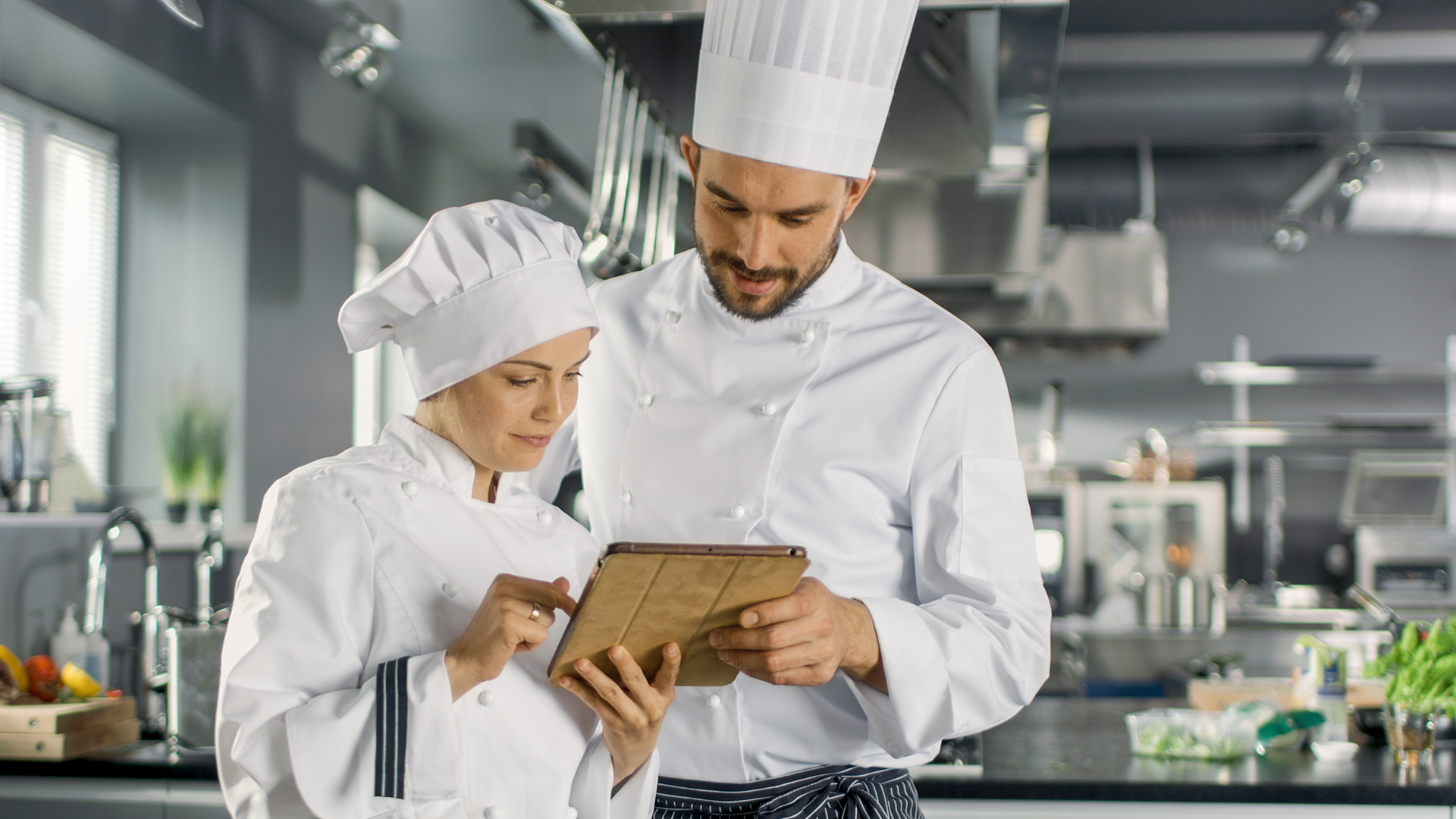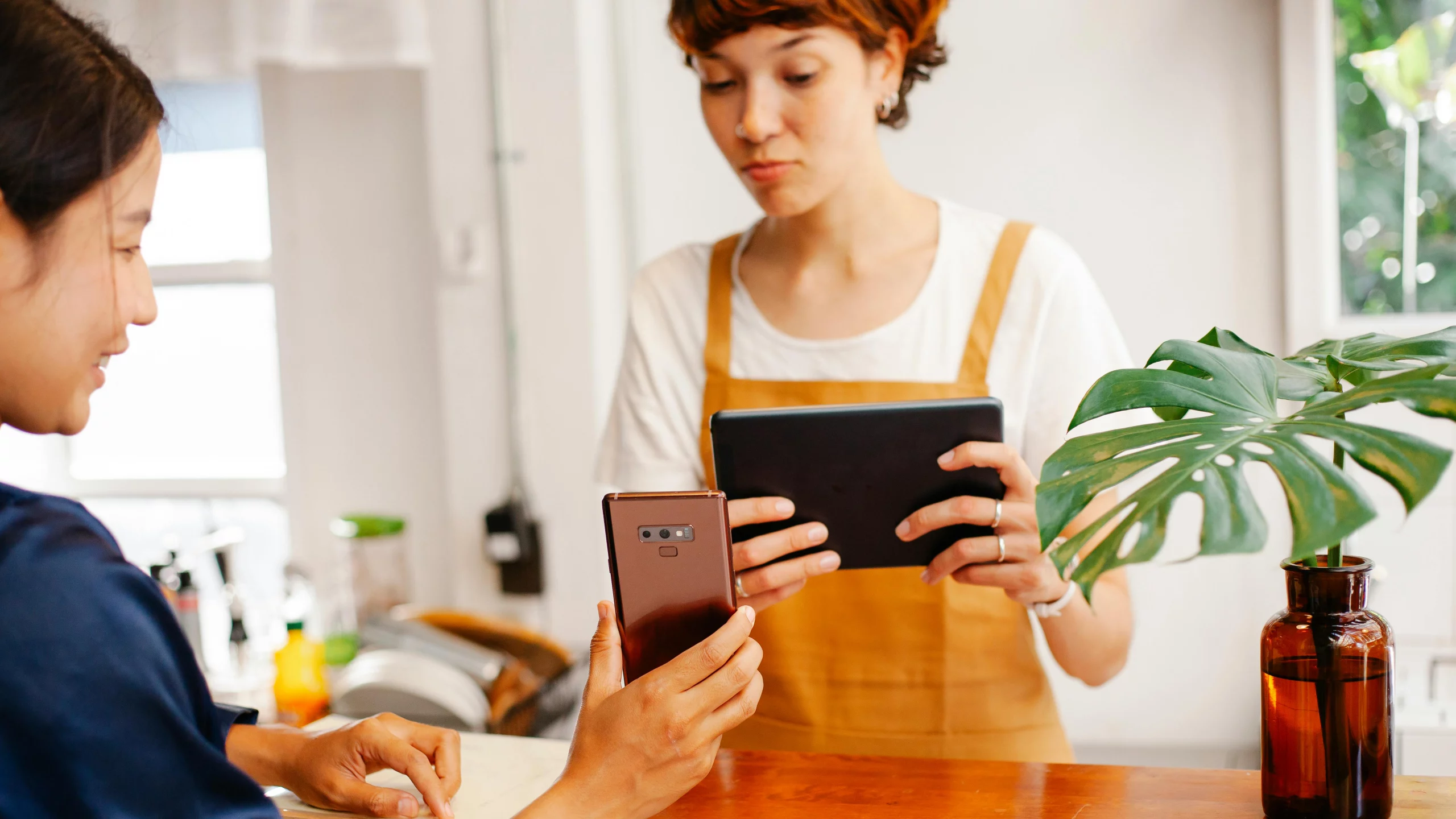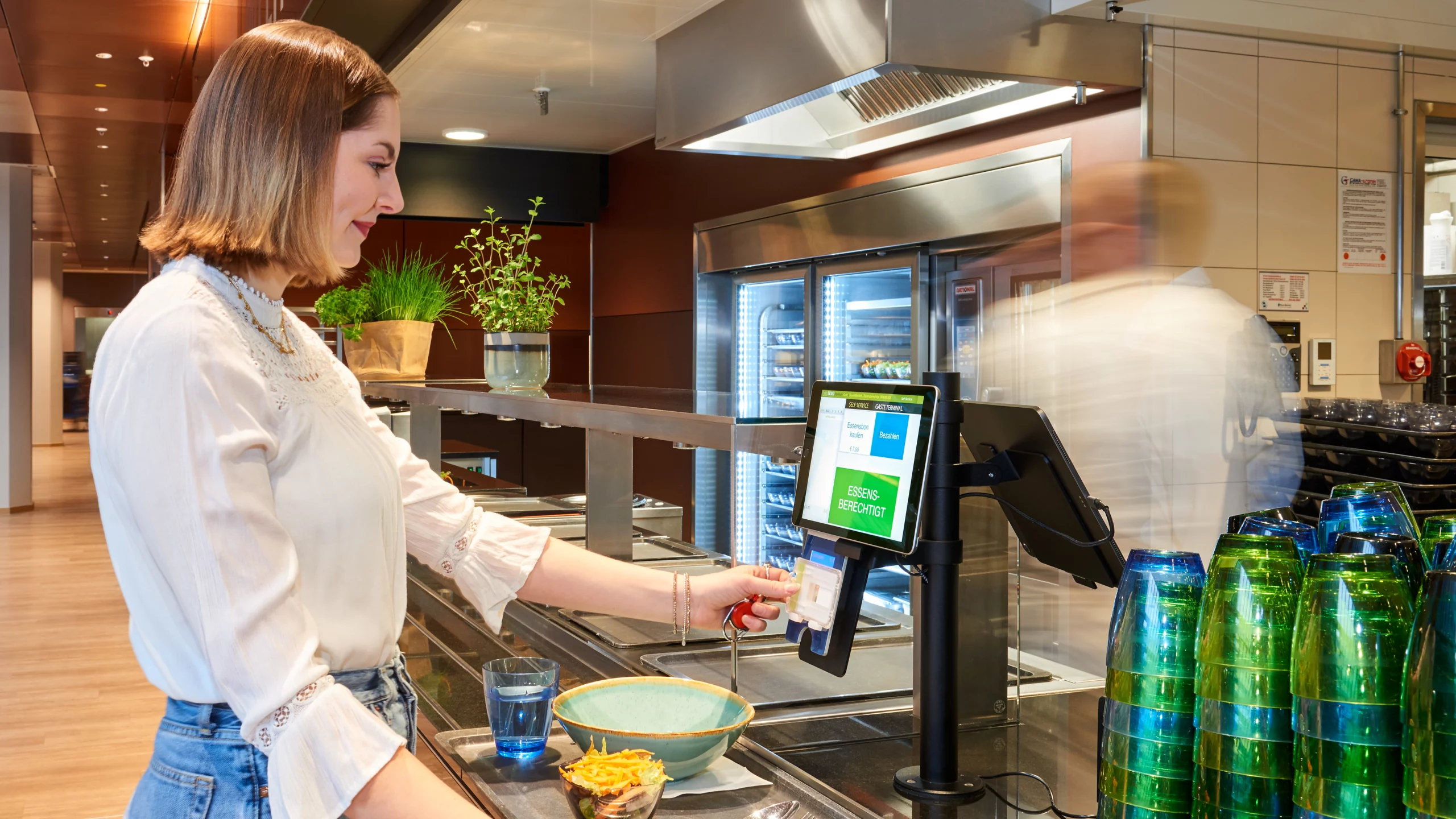Is the foodservice industry picking up steam thanks to the current Corona loosening, or are persistent home offices and short-time work due to supply shortages continuing to cause weak sales for restaurateurs?
Hopes of soon welcoming guests back to company restaurants and cafeterias are high, and sales will certainly rise - not least because many company restaurant operators have used the time to push ahead with digitization at their own facilities. But reaching a "pre-Corona" level will be difficult, and the challenges facing the mass catering industry are high.
Current challenges in mass catering
One of the biggest problems at present is the change in customer behavior: Hybrid working time models and home offices make customers hard to reach. Instead, delivery services or cooking box providers are booming - even though food from the company restaurant is not only fresher, but usually even cheaper. This contrasts with the issue of sustainability: many delivery services still use disposable packaging and produce waste accordingly - but this is precisely what today's diners want to avoid. In addition, comprehensive sustainability concepts are expected: not only waste avoidance, but also a range of regional and meat-free menu lines, organic quality through to the most neutral CO2 footprint possible. In addition, the Corona pandemic has made contactless and mobile payment processes more suitable for everyday use: More and more customers are using this form of payment and also expect it in modern communal catering. On the other hand, there is a shortage of staff: many company restaurants simply do not have enough employees to meet the new customer demands. According to DEHOGA, there was a 15.4% decline in employees in the "caterers / other catering service providers" division from 2019 to 2021." So what can catering operators do to survive in the market in the long term?
13. S&F WEBING
Communal catering needs new concepts
The catering concepts of the future consist of three pillars: Plannability, commitment, and full service for the guest!
The various working time models are making it increasingly difficult for restaurateurs to plan capacity utilization, ordering of goods and use of resources. The problem can be solved with advance orders. This enables restaurateurs to better estimate demand and plan accordingly, not only in terms of ordering goods, but also in terms of staff deployment. Orders that can be better estimated also allow production to be more in line with demand, thus avoiding food waste. The advantage for customers: They have a guarantee that they will actually get what they ordered. In addition, pre-orders enable restaurateurs to plan and implement deliveries to the customer (home or workplace).
The second pillar - bindingness - gives the first the security: thanks to mobile payment. Because only the binding payment of the pre-order gives the restaurateur the required security about sold dishes. Modern apps for mass catering now easily combine pre-order functions and in-app payment: the connection to a payment portal allows secure payment via SEPA transfer, Visa/Mastercard, PayPal or Lohn&Gehalt. This allows customers to place and pay for orders completely independent of location and time - without long queues.
With the third pillar - full service for the guest - mass catering is breaking new ground: For a long time, the terms "mass catering" or "canteen" had a negative connotation and were difficult to reconcile with classic restaurant visits. Although the image has improved, the customer experience still needs to be brought more into focus. Avoidance of long queues, a pleasant ambience, fresh food, top service - these are the things that need to be taken seriously in order to offer guests the best possible, relaxing break and a sense of well-being. Restaurateurs are supported by innovative solutions: Pre-ordering and in-app payment reduce waiting times, and QR code-controlled check-ins by the guest ensure guaranteed fresh food when it is picked up. In the future, service robots will also make their way into communal catering: BellaBot assists with serving food, while Holabot has been specially designed for clearing dishes. Both service robots relieve employees of daily tasks and increase service quality at the same time.
Conclusion: App creates clear added value for catering concepts of the future
An app for mass catering has become indispensable for many in order to meet changing customer demands and to face current challenges. Different modules expand the range of functions and allow solutions tailored to requirements. These include, among other things, the connection to returnable systems, integration of ordering processes via food vending machines to ensure healthy 24/7 catering, connection to customer frequency meters to display the utilization of the restaurants in real time, as well as various tools to increase customer satisfaction and loyalty - for example, through surveys, feedback functions or discount campaigns.
Even if at first glance the challenges facing mass catering seem insurmountable, marketable and proven solutions already exist.


